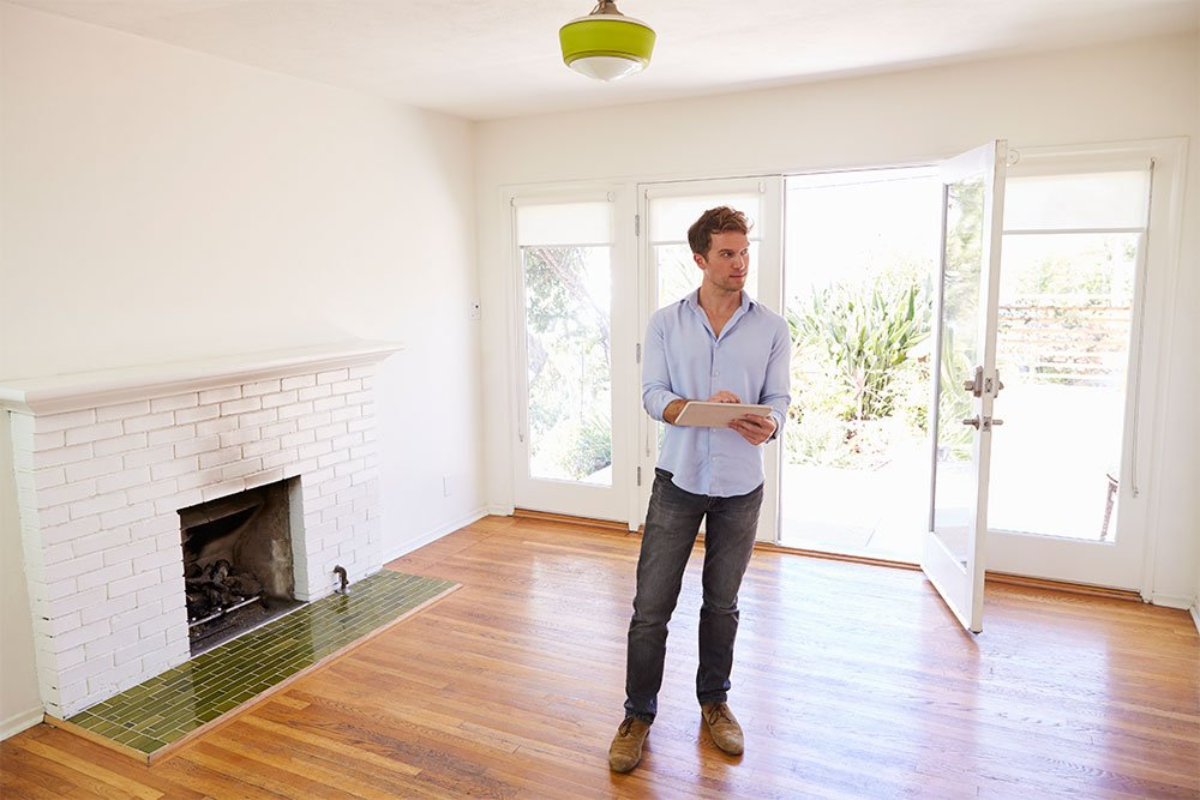
- April 6, 2021
- Effective Building
- 0
How do you know if there’s a quality defect on a normal viewing position? It can be challenging to decide, but using these established policies and standards will help you view work from the same starting point when checking for defects.
Quality is subjective, and it pays to define clearly what parameters will be used to evaluate the quality of materials and surface finishes. On a normal viewing position, the surface can be influenced by:
- How close we are to that surface
- The light conditions acting on that surface.
- Whether or not artificial light is introduced.
The New South Wales Guide Guide to Standards and Tolerances 2017 and other documents and industry organisations specifies how a surface should be seen on a normal viewing position when checking for defects.
Inspect Work from Normal Viewing Position
Variations in colour, texture, reflectivity, transparency, and finish should be observed and evaluated while in a normal viewing position.
A normal viewing position for a person is 1.5-1.8m tall is:
- Standing at a distance of 600mm or more from fittings and fixtures
- Standing at a distance of 2m or more from surfaces
- Under uniform non-critical 500 lux lighting – a standard indoor light level
- An unobstructed viewing angle of 45 degrees or more.
Beware Critical Lighting Imperfections
Side lighting is one of the leading causes of visible imperfections that’s almost parallel with the wall. Typically imperfections are only visible under critical lighting don’t indicate unacceptable workmanship.
Critical lighting happens naturally for a short period each day, usually 30-60 minutes in the early morning and late afternoon when the sun is low in the sky.
It’s common practice to use high-output lighting to emphasise areas requiring attention during construction. However, this isn’t suitable for performing a subjective visual inspection of interior surfaces.
Glass Viewing Requirements
Glass quality is defined by AS 4667:2000 quality requirements for cut-to-size and processed glass. This sets out the allowable tolerances for size, thickness, flatness, squareness, bow, internal imperfections, and surface imperfections.
The Australian Glass and Window Association sets out steps of glass inspection on a normal viewing position.
- Clean with a proprietary glass cleaner.
- Stand 3m from the glass and at 90 degrees to the glass.
- View in normal daylighting conditions and there should be no imperfections.
- If the fault is evident, clean the surface again to see if it can be removed.
- Re-examine and mark any remaining visible faults.
Glass quality also identifies items that result due to poor manufacture and not a defect.
Normal Viewing Position for Powder-Coated Aluminium
The Australian Glass and Window Association standard powder coating surface finishing – gives the following criteria when checking the finished quality.
View powder-coated aluminium from at least 2m. Extra distance may be allowed depending on the product usage, and its in situ viewing distances.
A major defect is a defect that is seen from 2m and has 1.5mm outside diameter. From 2m, the coating on the primary visible internal and external surfaces shall be of the same appearance, colour, texture, and no significant defects.
However, the coating may contain one minor defect. A minor effect may be visible from 2m and has an extra diameter of up to and including 1.5mm.
Anodised Aluminium Normal Viewing Position
After manufacturing, visual inspection of anodizing should be done from a distance of not less than 2m in daylight, but not direct sunlight.
Sometimes, it’s possible to observe on normal viewing position, on close inspection or from certain viewing angles, banding, variations in brightness, streaming, and other visual effects on the significant surfaces.
These may impair the performance of the anodised aluminium. However, it shouldn’t be grounds for rejecting the product on a performance basis.
The AS 3958.1 and AS 3958.2 Guide to tolerances, materials, and workmanship in new residential construction allows the following viewing distances:
- Benchtops, fixtures, and fittings – standing at a distance of at least 600 mm.
- Kitchen cabinetry and bathroom– standing at a distance of 600mm to 1m.
- Non-concrete floor finishes and decking – standing at a distance of at least 2m.
- Tiled surfaces – standing at a distance of more than 2m.
- Painted non-concrete surfaces – standing at a distance of at least 2m (AS 2311:2009 Guide to the painting of buildings).
- Concrete or asphalt – standing at a distance of 3m.
- Roofs – standing at a distance of 3m or more.
- Internal and external exposed architectural masonry feature walls – standing not less than 6.1 m away in diffuse lighting
- Timber decks – standing at a distance of 2m.
I hope that with the tips above, you’re now aware of the distance measurements of varying surfaces. However, if you think you’ll struggle to remember and consider this when doing an inspection, have your property check with a professional building inspector instead.
For more information about our building inspection services, contact us here.
Suppose you are planning to work on multi-story units. In that case, you may find yourself wondering if you should Read more
Heritage buildings represent the history and culture of a nation. They constitute together the architectural heritage of an area. Heritage Read more
The Australian PlantBank is a remarkable new plant conservation laboratory at The Australian Botanic Garden in Mount Annan. It is Read more





